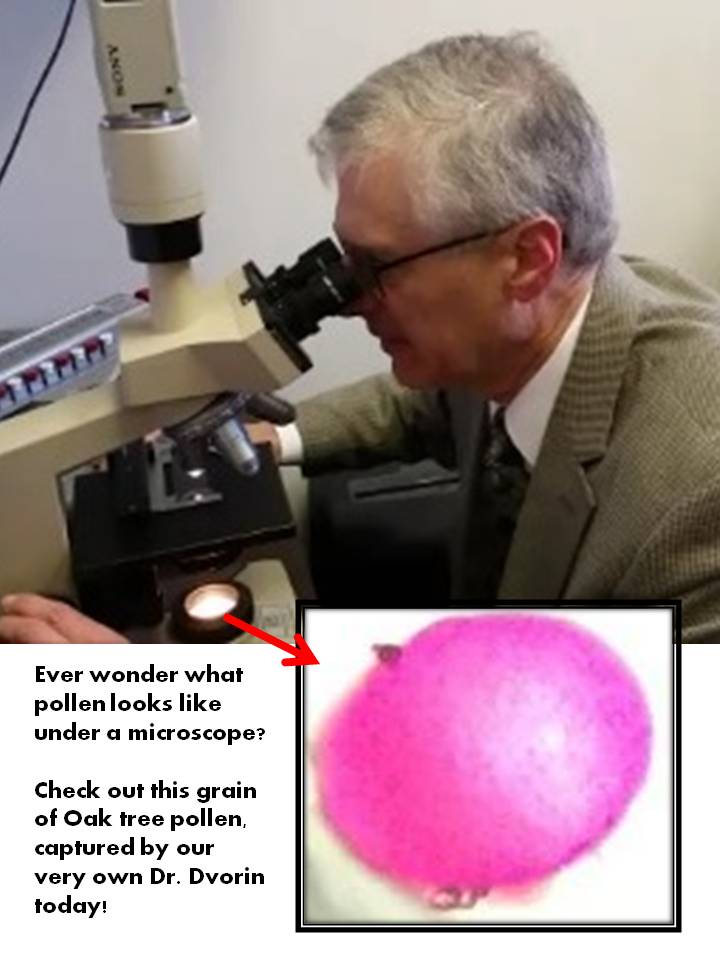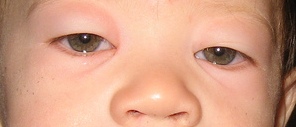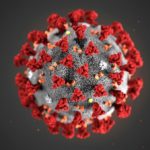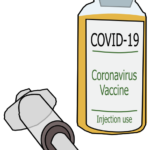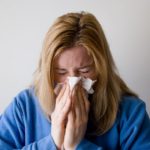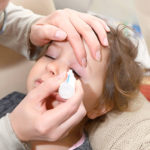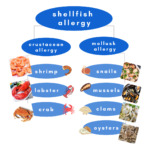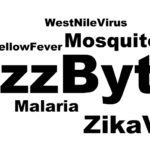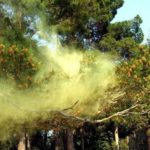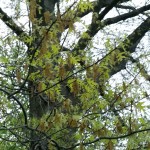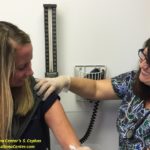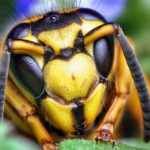allergies, Dr. Donald Dvorin, eye allergy, grass pollen, local pollen count, oak tree pollen, pollen, pollen count, The Asthma Center, tree pollen
Extreme Tree+Grass Misery = Terrible Pollen 2sday
“It’s been dry and breezy with no rain yet, so tree pollen levels are extreme again today,” reports Dr. Dvorin. “There has been a slight decrease in the last 24 hours, but the volume of Oak tree pollen and all tree pollen remains heavy.”
Today’s tree pollen count is well above 1000 (see How We Count Pollen) which is in the extreme range with the potential to trigger severe allergy symptoms.
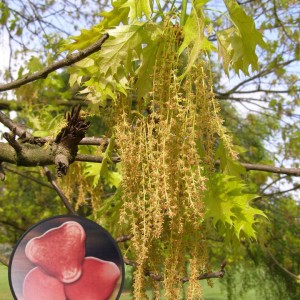
Oak tree pollen (pictured above) accounts for more than 80% of all tree pollen in our air in the Delaware Valley. In fact, Oak tree pollen counts alone fall into the extreme range. Pine & Mulberry pollen are in second place today and account for another approximate 10% of the tree pollen in our local air sample. The remaining 2% or so is comprised of Juniper/Cedar, Birch, Walnut, Willow, Sweet Gum, Sycamore, and Hemlock tree pollen.
Grass pollen decreased slightly today and falls just short of moderate into the low range. Outdoor mold spores, on the other hand, are slightly increased but remain in the high range.
What You Need to Know About Grass Pollen
Grass pollen allergy is an example of why it is so important to know exactly what is causing your allergy symptoms, how sensitive you are to this trigger, and how to limit or avoid your exposure because even the smallest amounts of grass pollen can cause symptoms in those who are extremely sensitive.
Grass pollen is in the Delaware Valley today, and there is no doubt these numbers are on the rise. Based on Dr. Dvorin’s historical data, grass pollen in our area typically appears in early April, peaks during the month of May, and then gradually declines in June. A second, less intense burst of grass pollen is usually seen in the Delaware Valley from late August through early October.
For those with grass pollen allergy, it’s crucial to recognize your symptoms when they first appear and to be knowledgeable about your management and treatment options.
Grass Pollen Allergy Symptoms
Many individuals recognize the “typical” spring allergy symptoms triggered by grass and tree pollen such as sneezing, itchy and watery eyes, and congestion. Less commonly recognized is the fact that grass pollen may be the source behind puffy eyes (eye allergy) and contact skin or rashes (skin allergy.) Many individuals are allergic to both trees and grass, making this time of year particularly miserable (don’t miss our recent blog: Blue Skies, Red Eyes)
It is particularly important to keep grass pollen allergy in mind as young children spend more time outside playing on sports fields (such as soccer, lacrosse or baseball) with grass. Also, just as adults may experience fatigue or difficulty concentrating when allergy symptoms are at their worst, allergies can affect children in the same manner. Fatigue and concentration issues (other allergy symptoms) sometimes first show up in problems at school.
Grass Pollen Sensitivity
At The Asthma Center, we know that no two people are exactly alike – which is why our evaluations and treatment programs are customized and tailored to fit each patient’s allergies, asthma, and sinus needs and concerns. Grass pollen sensitivity is just one part of our Allergy Skin Test. Based on our board certified Allergists clinical experience and Dr. Dvorin’s historical aeroallergen data, our team of specialists can help determine your level of sensitivity to the most common grasses in the Delaware Valley including June, Kentucky Blue, Meadow Fescue, Orchard, Perennial Rye, Redtop, Sweet Vernal, and Timothy.
How to Avoid or Limit Grass Pollen Exposure
 The first step in avoiding or limiting grass pollen exposure is to know when grass pollen is present in the air. Dr. Dvorin collects, counts, and reports local air samples for the Delaware Valley every day Monday through Friday. Pictured here is a grass pollen grain right from his microscope today.
The first step in avoiding or limiting grass pollen exposure is to know when grass pollen is present in the air. Dr. Dvorin collects, counts, and reports local air samples for the Delaware Valley every day Monday through Friday. Pictured here is a grass pollen grain right from his microscope today.
If you have grass pollen allergy and know your sensitivity, and know when grass pollen is present in your local air, you can avoid or limit your exposure by:
- Limit time outdoors during the early morning hours when the most pollen is released into the air
- Sleep with windows closed and drive with windows up (Don’t miss our recent blog Shut the Door, Seal the Windows )
- Wear long sleeves and long pants when mowing the grass
- Beware of tracking grass pollen into your home (kids and pets especially)
- Shower and wash your hair after being outdoors
Grass Pollen Allergy Treatment
Grass pollen allergy treatment options are similar to other pollen treatments, and many factors will play a role on what is the best treatment plan for you. If your allergies are making you miserable, it is best to see a qualified (board certified) allergist who can evaluate and help you manage your specific issues. Allergies are often mis-diagnosed with other non-allergic conditions but with the proper diagnosis and customized treatment, it is possible to get relief!
Allergy shots have been shown to be of help to some individuals with grass pollen allergy. Another form of immunotherapy, sub-lingual (where a tablet is dissolved under the tongue) has recently become available for the treatment of grass pollen allergy. Unfortunately, studies have shown that this treatment works best when an individual has a single allergy but it is rare for an individual to only be allergic to grass pollen. In The Asthma Center’s experience, it is much more common for individuals to have multiple triggers with unique levels of allergic sensitivity and therefore a personalized approach is required in order to achieve the best outcomes and help our patients get relief.
To benefit from allergy shots or sub-lingual immunotherapy, these treatments should be started approximately three months before the season. While it may be too late to start allergy shots for the 2016 Spring season, it’s not too late to Get Relief, starting with allergy skin testing to determine your specific triggers and levels of allergic sensitivity!
Did you know?
Research has established that allergies are “passed down, ” and there is a clear hereditary risk. When there is one parent with allergies, a child has approximately a 33% risk of developing allergies. When both parents have allergies, the risk jumps to approximately 70%.
Want to Know More About What’s in the Air?
The Asthma Center is the Delaware Valley’s only Official Pollen and Mold Spore count station which is certified by the National Allergy Bureau. Subscribe to receive our daily counts by email or check out some of our other blog posts to learn more about what is in the air, how it can affect you, and what you can do about it.
Get Relief-Saturday appointments are available!
The best way to manage your allergies is to find out exactly what’s causing your symptoms.The Asthma Center has 9 locations in PA & NJ with the following Saturday hours in addition to our normal Monday – Friday business hours.
- May 7 and May 14: the Mount Laurel, NJlocation will be seeing patients.
- May 14 and June 4: the Langhorne, PAoffice will be seeing patients.
Recent
Popular

